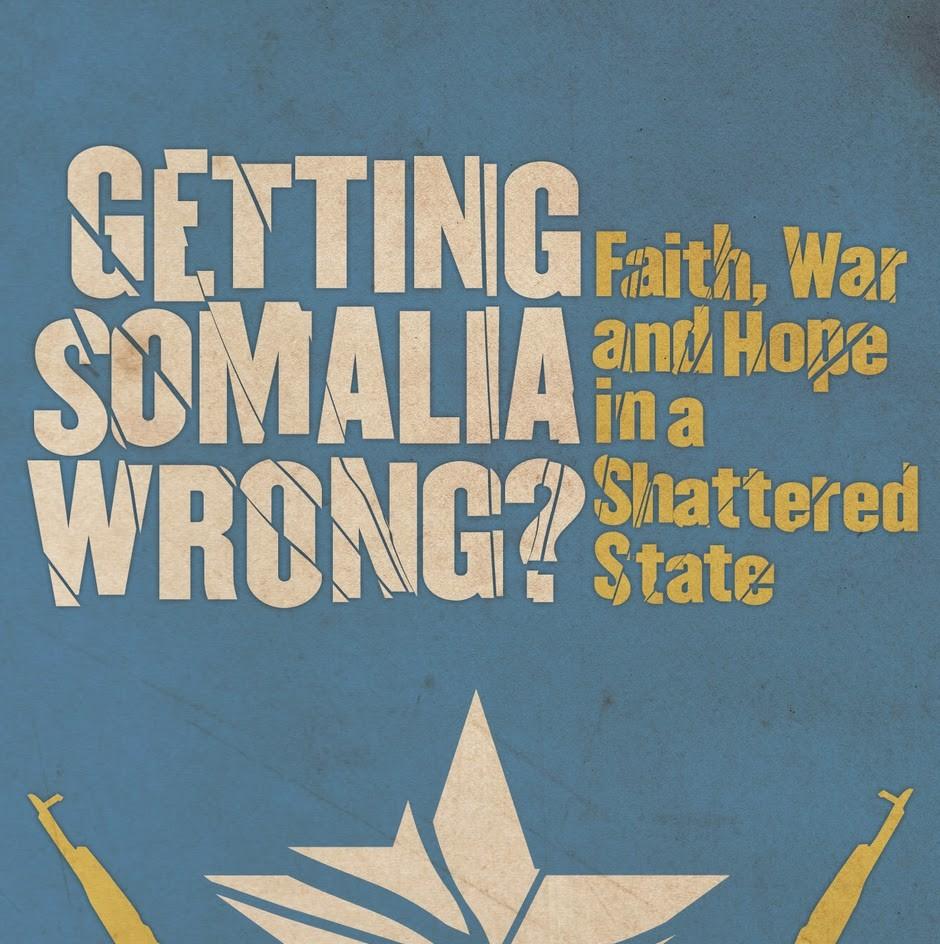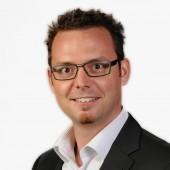South Sudan’s student’s- Children of the Revolution: A letter from Warrap State – By Naomi Pendle

 If you turn up beyond the bustle of the market in Wau and bear slightly left as if turning to the Governor’s home, you find yourself tracing the edge of the red walls of the University of Bahr el-Ghazal. Its arching sign over the entrance reads in Arabic and English and calls you into the spacious campus. In front of you is the striking blue of the university library and to your right are the new accommodation blocks.
If you turn up beyond the bustle of the market in Wau and bear slightly left as if turning to the Governor’s home, you find yourself tracing the edge of the red walls of the University of Bahr el-Ghazal. Its arching sign over the entrance reads in Arabic and English and calls you into the spacious campus. In front of you is the striking blue of the university library and to your right are the new accommodation blocks.
Yet, beneath the avenue of trees is the university’s real prize – here, on small wooden benches, students gather, sipping tea. They sit together irrespective of their ethnicity or home territory, united by their education and generation. Almost all in their twenties, the students were born in the era of the SPLA/M revolution. Having lived beneath and served under the SPLA, the movement had interrupted many previous social structures. They now perceive their education as a pledged gift from their governing guardian in the Promised Land of South Sudan.
Further into the campus the red accommodation blocks are covered in lines of washing and surrounded by resting students, who squeeze into the busy dormitories often more than two to a bed. Running his own small enterprise, one student charges a coin for the best printing service in the university. The occasional glint of metal is visible from the guns stowed beneath the mattresses. As children of the revolution, many still assume the gun to be an essential item in their luggage. The government identified this potential threat, and in 2010, when student protests erupted due to a lack of fuel for the generator during exams, the campus was quickly surrounded by the army and their tanks.
Since funding shifted from Khartoum to Juba at the start of 2011, no public university has opened in South Sudan. This is with the exception of the University of Rumbek, which has now achieved a few months of economics lectures to a few dozen students. In Juba few are confident that there will be any tuition at the university soon, let alone tuition that is comprehensive or adequate. Thousands of students this year, many of whom are part way through their courses, have been left idle. Promises that the universities would open enticed students to their university towns, but this has left many stranded, without work or money to travel home, often unable to afford to eat in these crowded urban centres.
The dissatisfaction of the educated youth is compounded by the perception that they are the children of the SPLA/M’s revolution.
“Let’s celebrate the start of the Revolution.” (Major Kerubino Kuanyin Bol, May 13, 1983, Bor)[1]
With Kerubino Kuanying Bol, a founding member of the SPLA, a son of contemporary Twic County (Warrap State), the childhoods of the youth of Warrap were defined by Southern revolution against the North. In the early years, many of the youngest children were recruited into the Red Army of the SPLA/M. Walking from Warrap State to the camps of Ethiopia, they were often under the impression that they were being sent to safety and would gain an education. Few who remained in Warrap State were able to gain any significant wartime schooling. The education these children received focused on training them as elite soldiers in the SPLA, and heightened loyalty to the army’s regime. Many died on their journey to Ethiopia or in the battles that followed. Those who survived were often able to accumulate a basic education as they migrated from training camp to refugee camp between military tours. Having grown up in the guardianship of the SPLA/M, education was always part of the promise of what they were fighting for.
While many children of the 1980s were absorbed into the SPLA, those who remained were also instrumental in the revolution. Home of Salva Kiir and various other senior SPLA figures, Warrap State had a long-term disposition to support the SPLA. During the 1990s, Warrap’s eastern border became a frontier between the SPLA and various Southern, Khartoum-resourced militias. Riek Machar’s and Paulino Matieb’s forces would make this border a fault line. Post the SPLA split in 1991, both factions increasingly relied on civilian support. The SPLA armed the young, civilian Titweng (cattle guard) of Warrap to assist them in their efforts. Therefore, even the children of Warrap State who had stayed at home had been drawn into the battle and became a product of the revolution.
Beyond Warrap State, the educated youth of South Sudan share a narrative of their war-time childhoods. To have reached a level of education that permits admission to university or secondary school, most children in South Sudan could not have remained at home. The war ended most educational provision in the south. Instead, these children would have spent time in the refugee camps of the New Kush and East Africa, the IDP camps around Khartoum or the Northern occupied urban centres across the South. Most would have had more opportunity to handle a gun than become familiar with an English dictionary.
Irrespective of their specific experiences, the North-South war challenged the community social structures that would have normally overseen the raising of a child. Commanders in the SPLA often intentionally demanded that their troops surrendered loyalty to their families in favour of the revolution. Families were fragmented, new norms were adopted and the army dictated values. With this upbringing, the promise of liberation became ingrained. Having carried a heavy burden in war, they were sure of the security of the loot of liberation. For many, this would be via access to higher education.
This promise chimes with current government policy. The Deputy Minister of Higher Education has posited that the war was fought for the sake of higher education[2]. With a lack of a Southern educated elite being the justification for a lack of representation of the South in national government, universities were seen as a symbolic display of the South’s ability to govern itself. Therefore, post the 1972 peace agreement, one of the first steps was the construction of Juba University. Post the CPA, there was an aspiration of a new generation of highly educated Southern Sudanese. Yet, there is still to be the investment in higher and secondary education to fulfill these pledges.
As you leave behind the towering red brick cathedral and join the bustle of Wau’s market, small, box-shaped shops overflow with pieces of timber, strips of plastic and iron nails. The North Sudanese owners rest on wobbling chairs on the pavements. Interspersed with these hardware retailers are small, city restaurants serving platters of bread and beans. Just after midday these eateries are filled with a cascade of the coloured uniforms from the secondary schools of Wau. These are mainly young men in their teens and twenties – the educated youth of Wau often belong to the surrounding villages of Western Bahr el-Ghazal and Warrap State.
In October 2011, a swarm of these pupils swelled Wau’s streets in protest, which was met with a violent government response. Away from the small, subsistence farms of rural Warrap State, the schoolboys of Wau town feed themselves from the markets. Since May 2011, the Northern border has been officially blocked, interrupting the stream of goods that flows south and putting market prices at a premium. What was barely affordable for the schoolboys became insurmountable. In exasperation, the school pupils took to the streets in protest. Unable to afford to eat in the city, with secondary schools located almost exclusively in urban centres, the possibility of an education was becoming scarce. Eye witnesses reported that the protest was met with dozens of rounds of tear-gas and the death of one pupil. Various secondary schools were shut indefinitely in their current form.
Brought-up beneath the guardianship of the SPLA, the children of the revolution are demanding their promise of secondary and higher education. Yet, these educated youth are now losing hope of what was promised. Nurtured to have revolutionary aspirations, the SPLA/M’s children now may become classified by them as an unpredictable and unreliable demographic.
[1] Arop, M. A (2009) “The Founding of the People’s Revolution: SPLM/SPLA (1983-2005)”, www.newsudanvision.com , 15th May
[2] Abyei, U (Deputy Minister for Higher Education) (2011). Speech given at Conference on the Future of Higher Education in South Sudan, Juba, 13th-14th November
Naomi Pendle teaches at the University of Bahr el-Ghazal (Wau) and Marol Academy (Warrap State). She writes a regular Letter from Warrap State for Making Sense of Sudan.







[…] A letter from Warrap State: South Sudan’s student’s – Children of the … Unable to afford to eat in the city, with secondary schools located almost exclusively in urban centres, the possibility of an education was becoming scarce. Eye witnesses reported that the protest was met with dozens of rounds of tear-gas and … https://africanarguments.org/ — Tue, 13 Dec 2011 06:25:49 -0800 […]
Calling forced conscription of children into the SPLA the creation of “children of the revolution” rather than a war crime and a time which many former Red Army children speak of with some bitterness sounds a bit like SPLM propaganda. You don’t mention how these children felt when these same SPLA were raping their mothers and sisters and looting their way across Warrap (as has been well documented by independent human rights experts). A more critical perspective on the SPLA’s history in Warrap might give your writing more credibility.